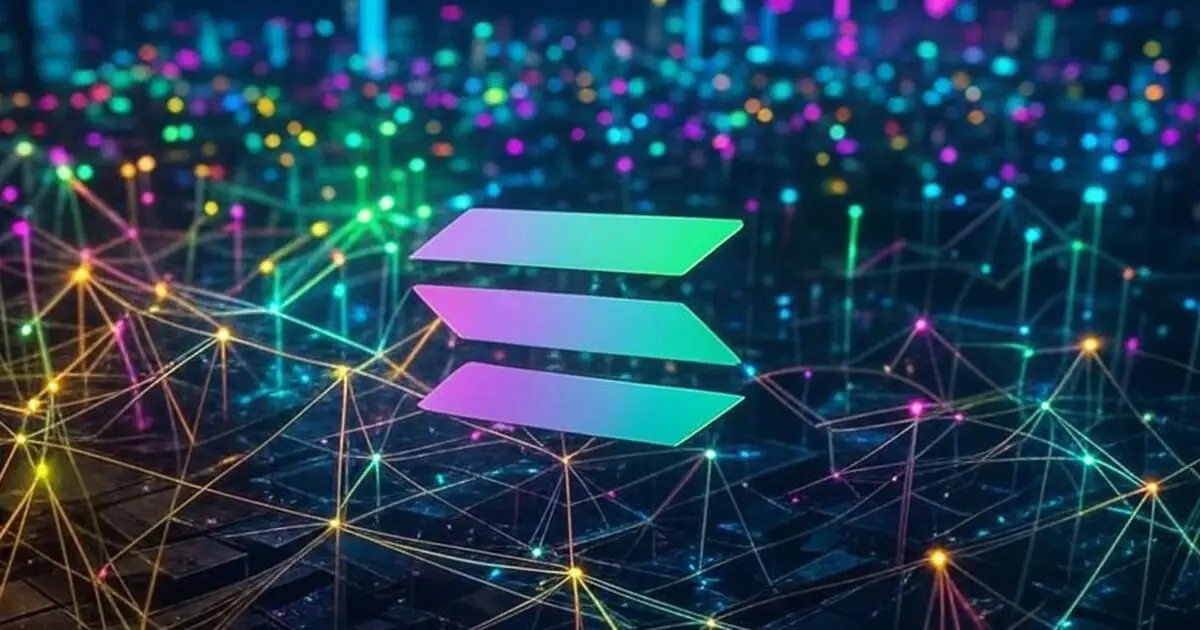In recent weeks, Coinbase has faced considerable scrutiny due to persistent delays in processing Solana transactions, a situation that has left many users increasingly frustrated. In a bid to alleviate these concerns, CEO Brian Armstrong took to social media to announce that the exchange had rectified its backlog issues. His recognition of the problem highlights the growing pains of a platform attempting to balance an expanding user base with the inherent complexities of blockchain transactions.
Armstrong’s confirmation that “transactions should generate quickly again” signifies a much-needed turnaround. By allowing users to retry canceled transactions, Coinbase is not just providing a temporary fix but rather reinstating trust in its services. This agile response is commendable, yet it raises questions about why such delays occurred in the first place and how the company plans to prevent similar issues moving forward.
The heart of the problem appears to lie in Coinbase’s infrastructure. Armstrong himself noted the necessity for improvements to better accommodate Solana’s ecosystem, particularly given Solana’s reputation for rapid transaction speeds. High demand events, such as spikes related to popular memecoins, have historically challenged Coinbase’s ability to manage transactions efficiently. The CEO’s acknowledgment of these shortcomings reveals a candid approach to corporate transparency, but it also underscores the need for a strategic overhaul to enhance operational efficiency.
The discussions around enhancing infrastructure are not merely technical; they reflect a larger issue of customer trust and satisfaction. As Solana continues to grow, its trading volumes can quickly overwhelm existing systems. Therefore, Armstrong’s promise to elevate Solana support parallel to Bitcoin and Ethereum speaks volumes about Coinbase’s recognition of the shifting landscape in cryptocurrency trading.
Armstrong’s commitment to aligning Solana with the same tier of support as other major cryptocurrencies marks a pivotal shift in how Coinbase approaches multi-chain decentralized applications. By targeting support for decentralized exchanges and memecoins, Gallagher aims to capture a market segment that is only likely to grow in the upcoming years.
The recent turmoil caused by increased trading activity, especially due to politically themed memecoins, illustrated the network’s vulnerabilities. Users had previously reported instances of delays extending up to 45 minutes, with even longer waits occurring as of late. The resulting backlash prompted a critical introspection about Coinbase’s operational scalability and adaptability.
In concluding this narrative, it’s essential to consider the implications of Armstrong’s statements. While the reinstating of normal transaction speeds on Solana is an immediate relief for users, it will take sustained efforts to rebuild confidence in the platform. The exchange’s proactive stance toward deploying resources and committing to infrastructure improvements signals a promising direction. If Coinbase effectively addresses the technological shortcomings and focuses on enhancing user experiences, this could fortify its standing in the competitive landscape of cryptocurrency exchanges, notably for emerging networks like Solana. In this fast-evolving market, Coinbase’s adaptability will be the cornerstone of its future success.



















Leave a Reply